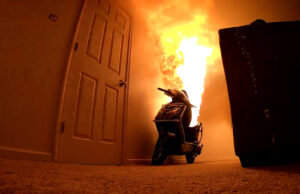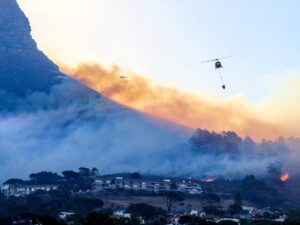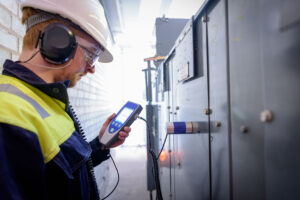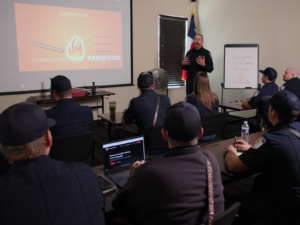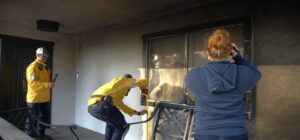The Science of Coordinated Fire Suppression and Ventilation Tactics
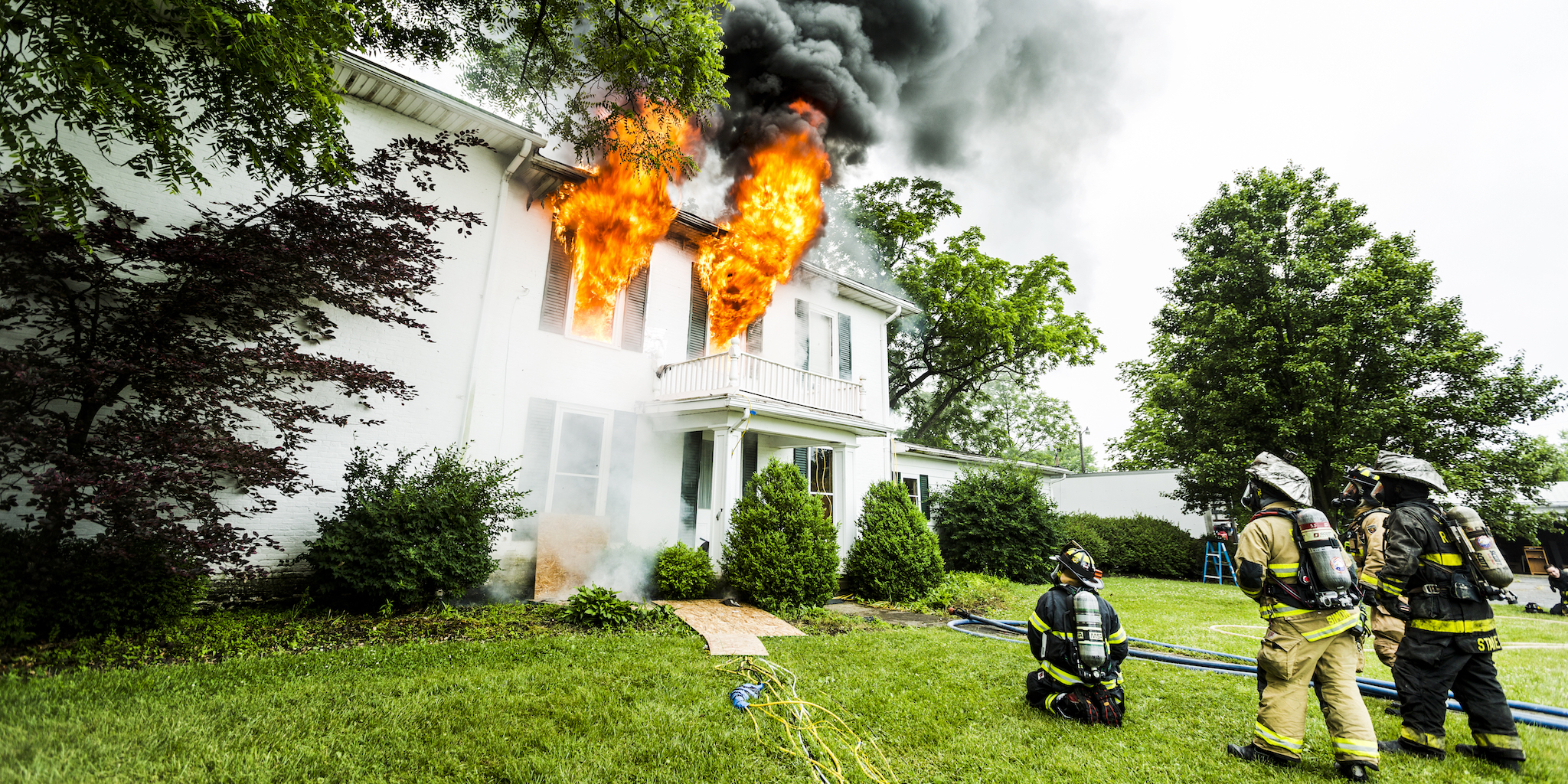
UL’s Firefighter Safety Research Institute has published a third online training course to share lessons learned through a series of experiments designed to uncover the most effective ways of coordinating firefighting suppression and ventilation tactics.
The course is the culmination of a multiyear Firefighter Safety Research Institute (FSRI) research project, the “Study of Coordinated Fire Attack Utilizing Acquired Structures.” To conduct the study, FSRI joined forces with fire departments and other organizations across the country to conduct live fire experiments in single-family, multifamily, and strip mall structures to examine the impact that coordinated ventilation and suppression tactics have on firefighter safety and the survivability of potentially trapped occupants.
Published May 4, 2022, FSRI’s “Analysis of the Coordination of Suppression and Ventilation in Single-Family Homes” is the last of the three online FSRI Fire Safety Academy courses derived from the Coordinated Fire Attack Study. The experiments also generated a trio of research reports:
- Analysis of the Coordination of Suppression and Ventilation in Multifamily Dwellings
- Analysis of the Coordination of Suppression and Ventilation in Single-Family Homes
- Exploratory Analysis of the Impact of Ventilation on Strip Mall Fires
“Our aim is to have this research increase both firefighter safety and occupant survivability through more informed decision-making on the fireground and more efficient and effective firefighting tactics,” said Steve Kerber, vice president and executive director of FSRI.
Funded by a Federal Emergency Management Agency Assistance to Firefighters grant, the project expanded upon several previous FSRI studies: “Impact of Ventilation on Fire Behavior in Legacy and Contemporary Residential Construction;” “Effectiveness of Fire Service Vertical Ventilation and Suppression Tactics;” “Effectiveness of Fire Service Positive Pressure Ventilation;” and “Study of the Impact of Fire Attack Utilizing Interior and Exterior Streams on Firefighter Safety and Occupant Survival.”
The coordinated fire attack experiments brought knowledge gained from those earlier full-scale fire experiments conducted in the laboratory to real-world structures in an effort to explore how best to coordinate efforts on the fireground for more efficient and effective firefighting.
In the past, coordination has been identified in fire service training materials as an important aspect of fireground operations without being well defined or explained.
PUBLISHED


